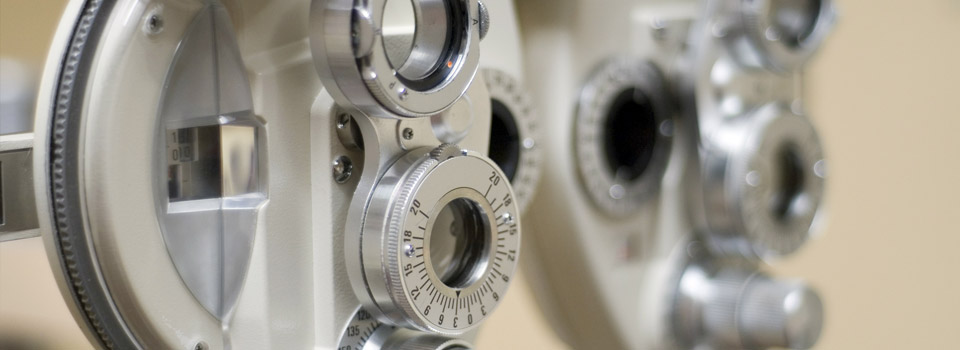When it comes to safe and comfortable contact lens wear, design elements matter. The lens material, its profile and edge design, interaction with our tear film, and performance over days and weeks all influence the wearability and safety of contact lenses.
The first consideration in contact lens design is the replacement schedule of the contact lenses. Most soft contact lenses are now disposable, with common replacement frequencies of one day, two weeks, or one month. Daily disposable contact lenses require no cleaning or disinfecting solutions; they are simply worn once and replaced with a fresh new lens the next wear. Daily disposable lenses are the safest (in terms of risk of infection) and often the most comfortable (fresh clean lens every day) option for contact lens wear. Two-week and one-month replacement lenses require proper cleaning, care, and storage in a clean case with approved solutions.
Contact lenses are fit directly onto the cornea, which is the clear front surface of the eye. There are no blood vessels on the cornea – these would disrupt the perfectly transparent surface – and the corneal cells absorb their oxygen from the tear film and surrounding air. When you cover the cornea with a contact lens, you will disrupt this oxygen flow; it is important that the contact lens material transmits enough oxygen to maintain healthy corneal cells. Older contact lens materials were poor at this, and we used to see blood vessels grow onto the cornea, which can be a dangerous and disrupt the vision. Newer lens materials (silicone hydrogels) transmit enough oxygen for safe daily wear. Not all contact lenses on the market today are silicone hydrogels; Hubble Contacts, for example, is a newer online subscription contact lens that uses a material from the 1980’s – with poor oxygen transmission and outdated technology.
The comfort of the contact lens is important to the wearer. Dryness and lens discomfort are common issues. A contact lens sitting on the surface of the eye divides the tear film – now the tear film must cover underneath and overtop of the contact lens. Lens materials have different wetting agents and water content to help keep the lens moist and comfortable on your eye. Other design considerations include the modulus (or stiffness) of the contact lens material, the thickness and profile of the edge design, and the coefficient of friction of the lens material. Combine this with choosing the proper size and curvatures to fit your particular corneal shape, as well as correcting your optical prescription… and well, getting an expert to fit your lenses is important!
Contact lenses are medical devices and should be prescribed and fit by a licensed eye care professional. Contacts are an ideal eyewear option for many sports and recreational activities, and they don’t fog up in this era of constant mask-wearing!
If you are interested in contact lenses, contact your Doctor of Optometry to discuss the best options for you!
Dr. Lisa Scharf, OD


